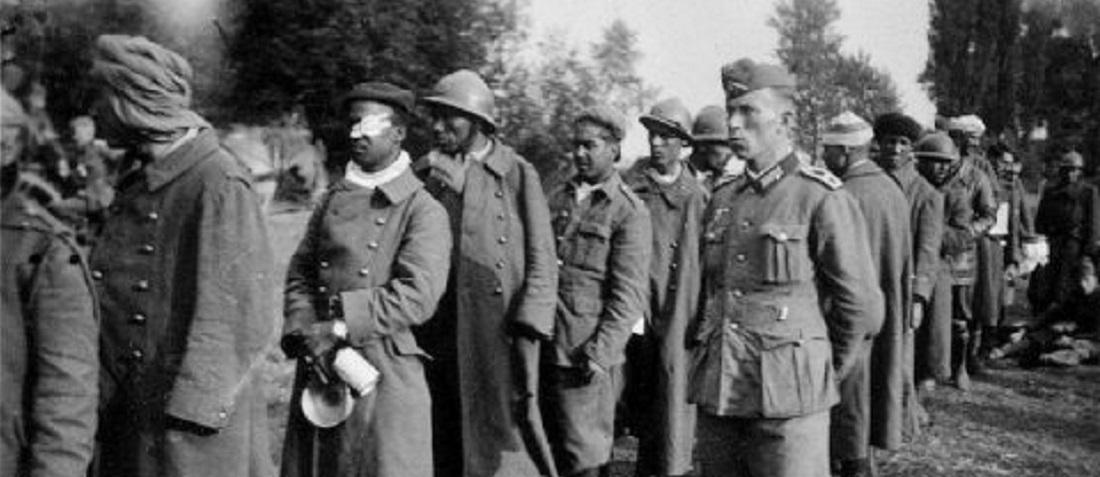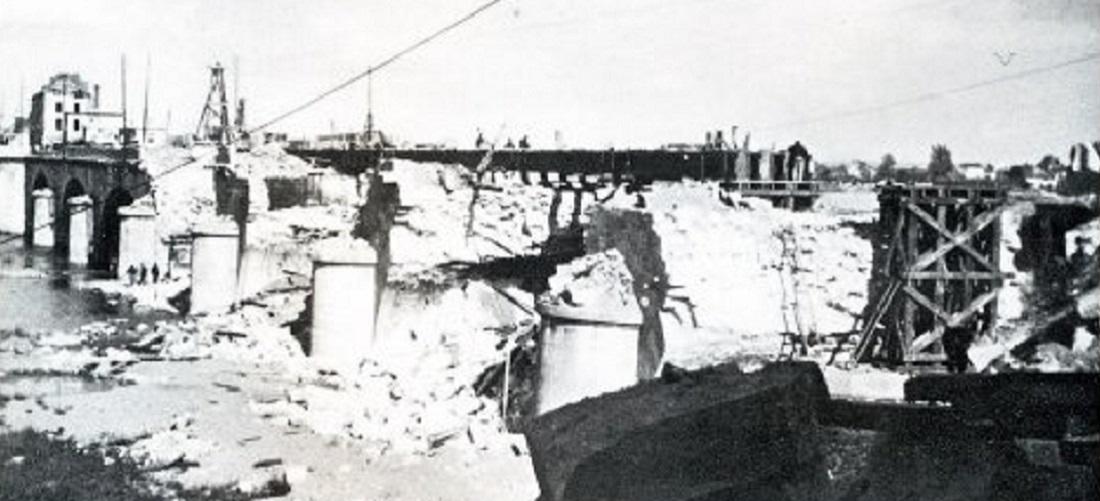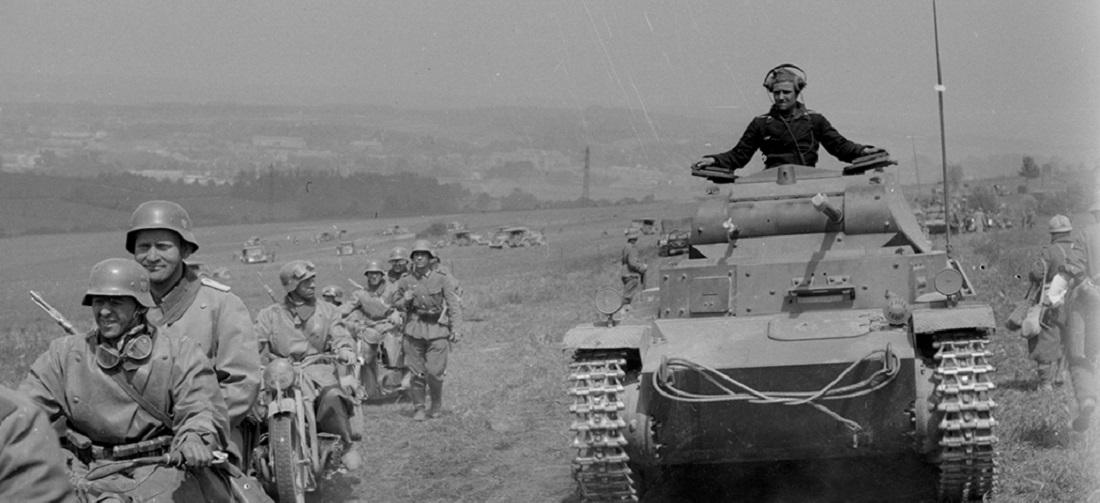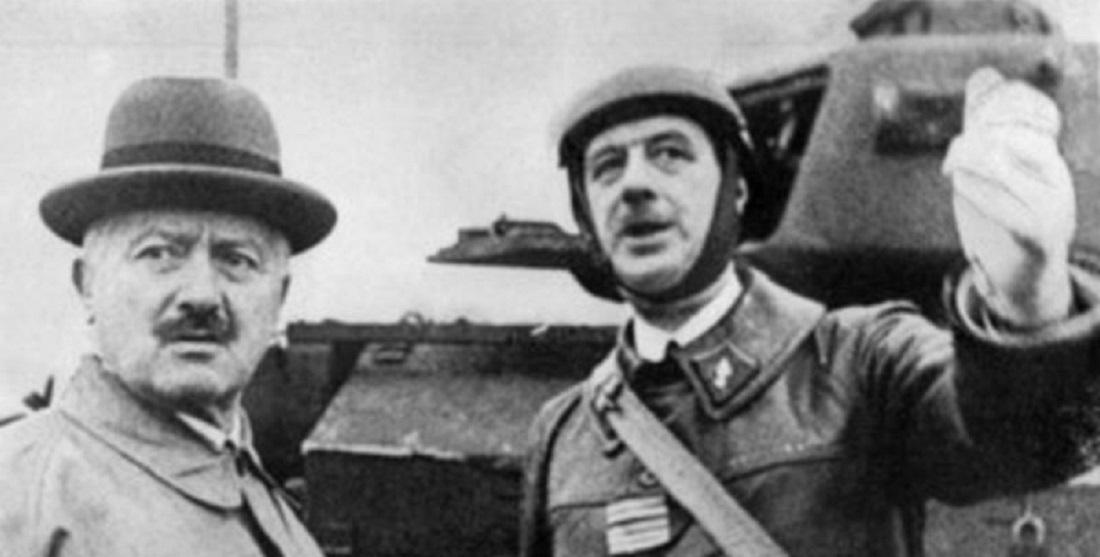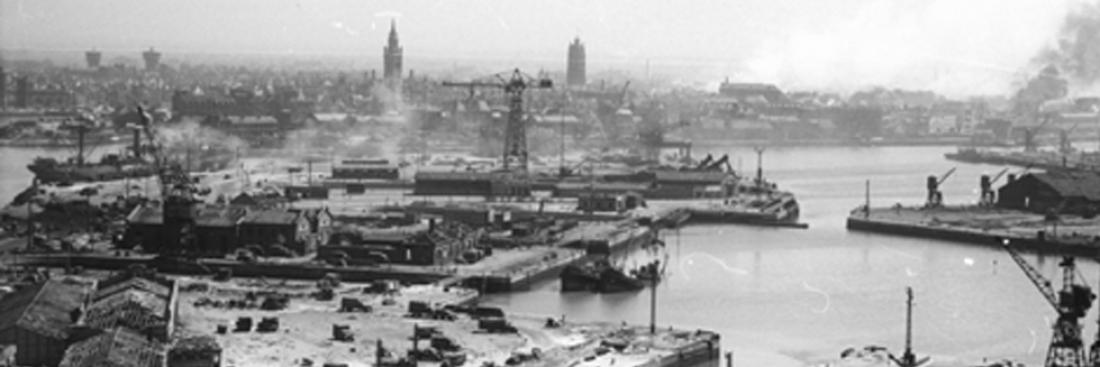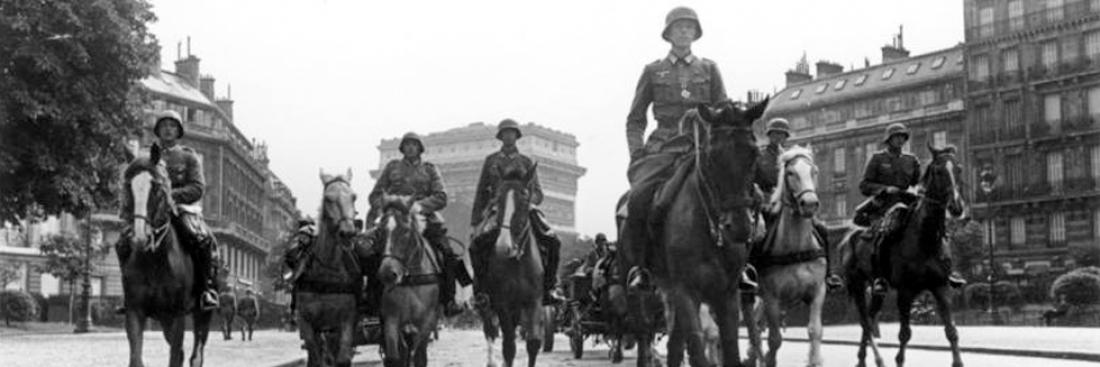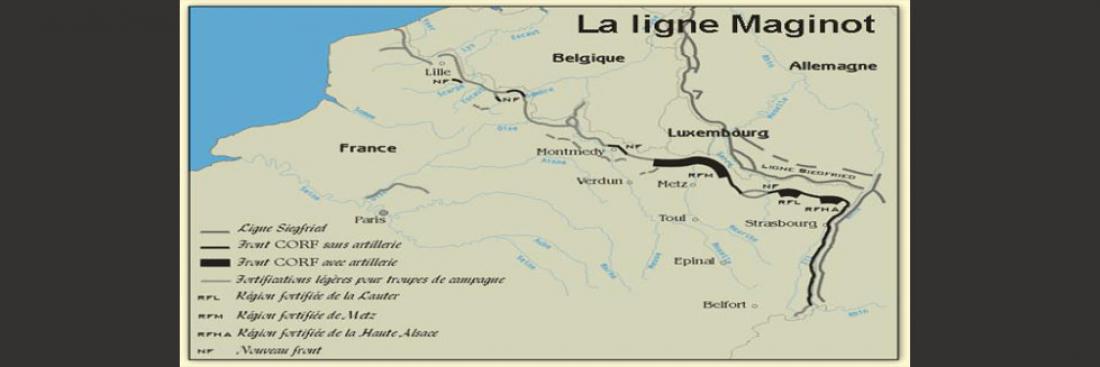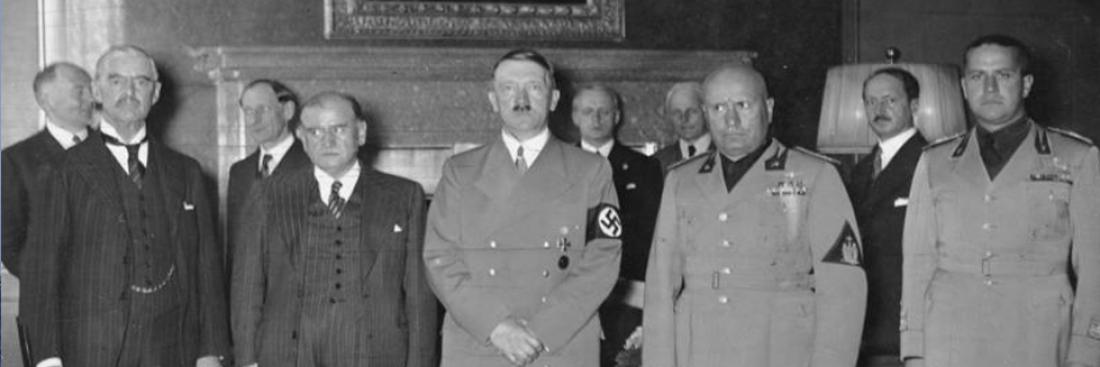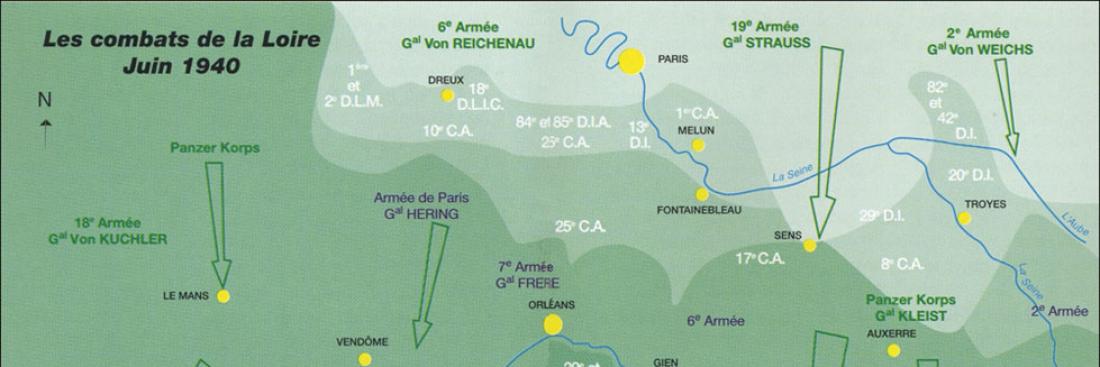Remembering the 1940 armistice

Some memories are destined to be short-lived. Such is the case of the armistice of 1940, which confirmed the French defeat and put an end to the fighting. Although Germany was delighted at the time, the episode would not lead on to regular commemorations. In France, if it was timidly celebrated by the Vichy regime, it was soon replaced by remembrance of the refusal. The call to arms of 18 June is today an important marker in the commemorative calendar.


